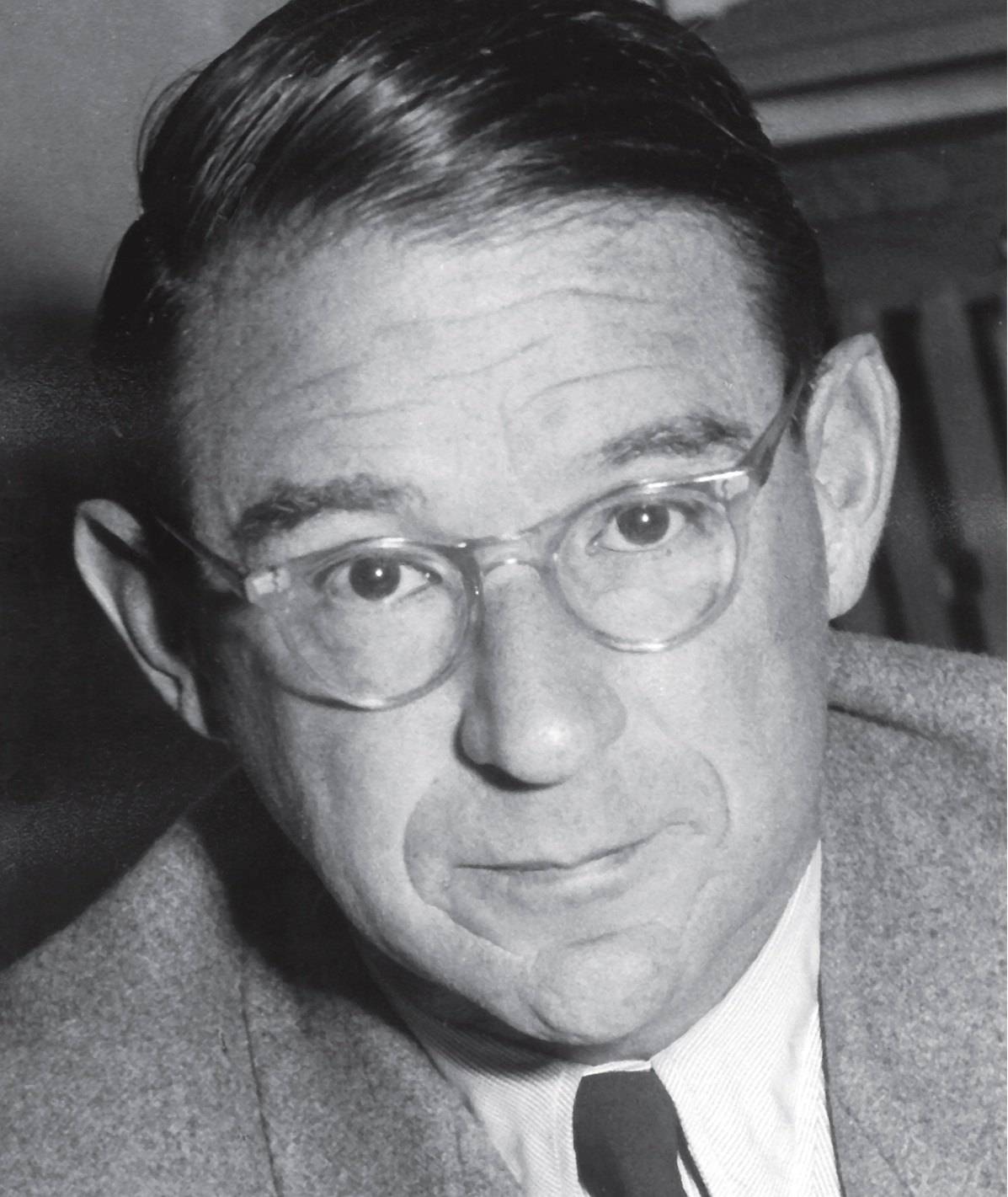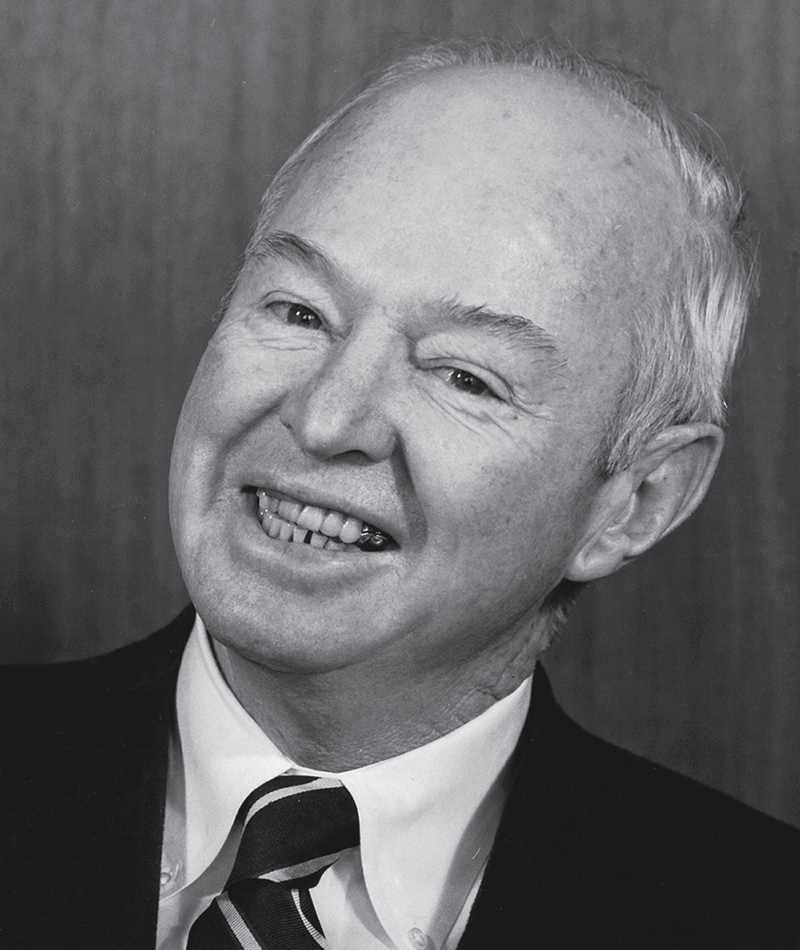Irwin Pearl was born in Seattle, Washington, on December 25, 1913. He received earned a Bachelor of Science in 1934, a Master of Science in 1935, and a Ph.D. in 1937, all from the University of Washington, in Seattle.
After serving in responsible technical positions (1937-40), Pearl joined the Institute of Paper Chemistry (IPC) in 1941 and worked as senior research associate and professor (1941-76) where he began his pursuit of lignin chemistry. In 1955, he was appointed leader of the Lignin Group. From 1977-90, he was a chemical consultant to the forest products industry.
Starting in 1941, Pearl recognized and explored the hidden value of lignin in black liquor—one of the first in the world to do so. He was a strong believer in the use of byproduct materials to create value-added products, and saw lignin derivatives as a rich opportunity that could rival petroleum and coal tar as a source of synthetic materials. He showed that, with further chemical treatment, lignin in kraft black liquor could yield useful lignosulfonates similar to those coming from sulfite pulping.
Pearl isolated vanillin and produced related products such as esters, amides, ethers, and other compounds from lignin that could be used for slime control, treatment of fungal infections, preservatives, and other applications. Thanks to his efforts, 1.25 million tons per year of lignin were productively diverted from streams and rivers. The work he launched was ahead of its time, and is now called biorefining.
In 1952, working with Robert Cohen, Pearl produced ethyl vanillate from lignin, providing an inexpensive source for a compound needed to treat serious, and sometimes fatal, fungal infections including actinomycosis, or lumpy jaw; histoplasmosis; blastomycosis; and coccidioidomycosis, or “Valley Fever.” Ethyl vanillate made from byproducts of wood pulp was used to treat patients in North America and Europe, as reported in The Science News-Letter and The British Medical Journal. The production of ethyl vanillate from wood pulp filled a critical need at a time when other treatments had not yet been discovered. Turning a study of lignin from black liquor into life-saving medication is an important example of the benefits that can come from research in our industry.
Pearl has over 100 publications in the Journal of the Chemical Society and other reknown journals and magazines. He was the author of The Chemistry of Lignin (New York: Marcel Dekker, 1967). His authoritative articles on lignin were published regularly in TAPPI Journal. He has 59 US patents and over 100 foreign patents to his credit.
He was an active member, later an Emeritus member, of the American Chemical Society, a Fellow of the New York Academy of Sciences, and a member of the Forest Products Research Society, TAPPI, Phytochemical Society of North America, the Wisconsin Academy of Sciences, and the American Philatelic Society. Pearl and wife Lillian were enthusiastic members of the Square Dancing Club.
Pearl passed away on May 14, 2014, in Wilmington, Delaware, at the age of 100, his wife Lillian died in 2005. They had two children; daughter Cheryl Kamm, who died in 2014, and son Hugh Pearl, who lives in Sleepy Hollow, Illinois.














